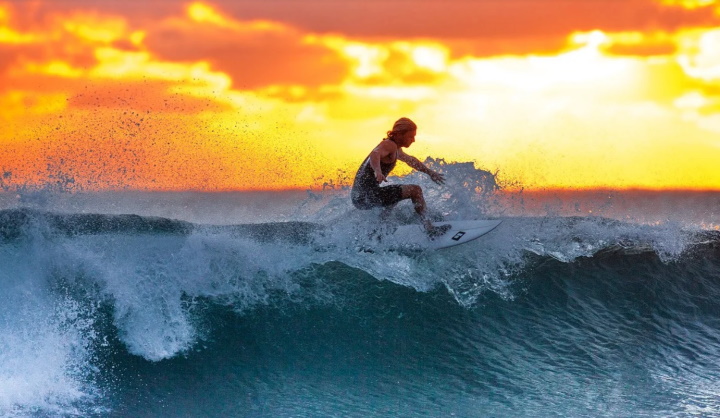
So you’ve spent a little time on the waves with a surf instructor or using a friend’s board and have finally discovered the sheer joy of surfing. You’re now committed to getting your own board and getting out on the waves every single day that you can. For this, you want to find the best softboards in Australia, but before you go out and spend your money, there are few very important things you should know and be very clear about:
1. Your Current Surfing Level and Where You Want to Get to
Your level of experience has a lot of bearing on what kind of board is best for you. If you were to visit a store, a good and knowledgeable member of staff would undoubtedly first ask you about your current level and experience in surfing. Based on that, and where you want to get to in terms of level, they can make recommendations for boards that will suit you perfectly.
Common things you might think about before going to buy a surfboard include whether or not you can paddle, how often you plan to surf, what type of waves you’re surfing on (unbroken or whitewash in shallow water), your plans to go to other well-known surfing spots, etc. It’s crucial that you don’t exaggerate your ability or experience. This isn’t a job interview or a competition. These are questions that are meant to help you find the perfect surfboard.
2. Softboard or Hardboard?
We mentioned in the intro that you’re out looking for a new softboard, but is that really the right way to go? Actually, as a beginner or lower-intermediate surfer, it is the right way to go. Softboards offer numerous advantages over traditional hard fiberglass boards. For one, they are more comfortable to paddle, don’t require waxing and are not susceptible to things like rot or getting a ding from an impact.
Even better, softboards are best for beginners because they are affordable so you won’t be breaking the bank on your first board. If you ever get to a really high level where you want to invest in something a bit more professional, then you can.
3. Sizing
Surfboards come in many different sizes and styles. The size you need will also depend a lot on your level and your weight. If you’re buying a surfboard for kids, automatically going very small isn’t necessarily a good move, for instance, because surfboards are a bit like clothing in this respect: you want something that they are going to grow into over the next year or two, otherwise you’ll be buying a new board every 6 months.
Length in the board dictates how easy or hard paddling is. Thicker boards have more buoyancy which makes it easier to catch waves. Wide boards are more stable. As you can see, dimensions matter and they need careful balancing.
4. How Much Are You Willing to Spend?
If you’re buying your first softboard, then you shouldn’t invest in anything overly expensive. As we mentioned earlier, softboards typically are priced much lower than hardboards anyway, but a total budget of $350-700 is probably about right for a good-quality softboard depending on the size and style.
In your budget, don’t forget to also include some money for a wetsuit, board bag or gear to transport it on the roof of your vehicle. These are necessary expenses, too. If you’re more advanced and buying a fiberglass board, you’ll also have to invest in wax and protective products to keep the board in good shape.
Think carefully before starting your surfing journey. It’s an exciting time, but make sure you take all the right steps.




